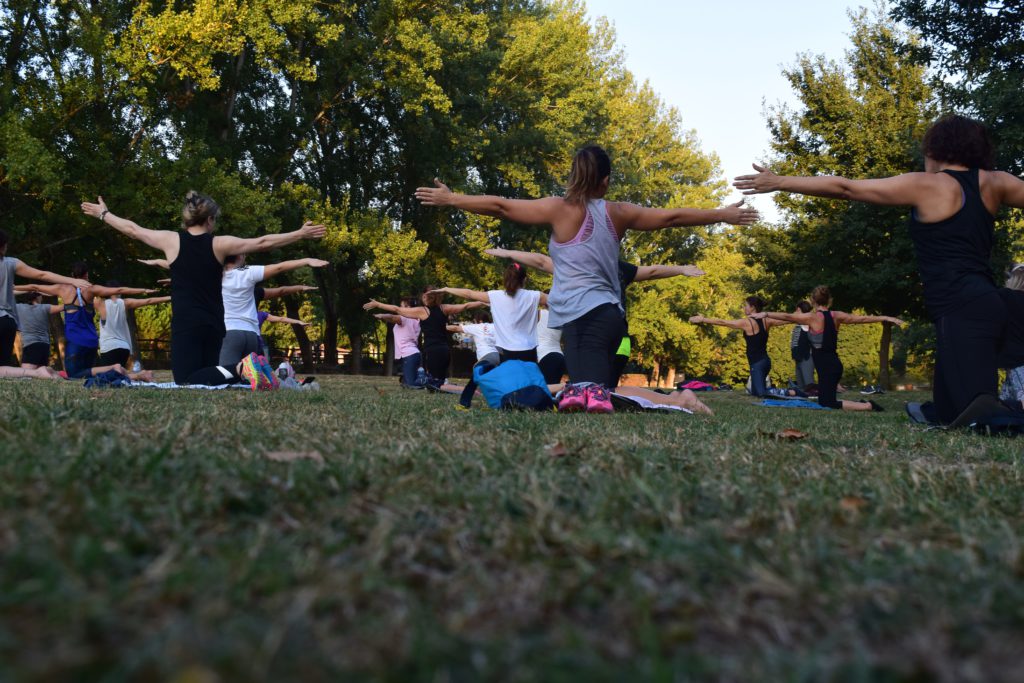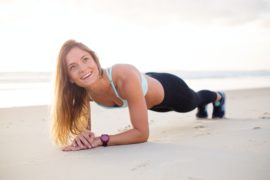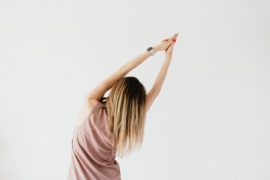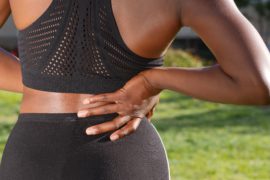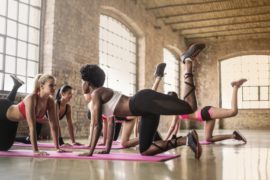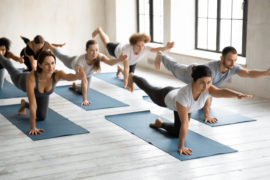People often struggle with finding a fitness routine that keeps them hooked in. Over time, all forms of exercise start to seem repetitive and lose their effectiveness as soon as complacency sets in. This eventually leads to people giving up working out altogether. But this is where Pilates change everything.
If you want to keep things interesting, it is advisable to maintain variety. Changing the fitness modality when you appear to have had your share of it or when it just does not spark the same excitement in you as it used to is a good idea to not miss a single day.
There are several ways of keeping yourself fit out there. Some can be practised at home without any training whatsoever, while others may require some professional assistance.
In this post, we discuss the fitness modality called Pilates that has surfaced as a very effective way of working out in the past century. We also inform you of a few points to keep in mind before you join a Pilates class.
Moreover, courtesy of many famous celebrities taking it up, Pilates is a term that bounces around a lot on social media. It offers a variety of movements and exercises that owing to its versatility and ease can be safely practised by just about anyone.
So let us dive right into it!
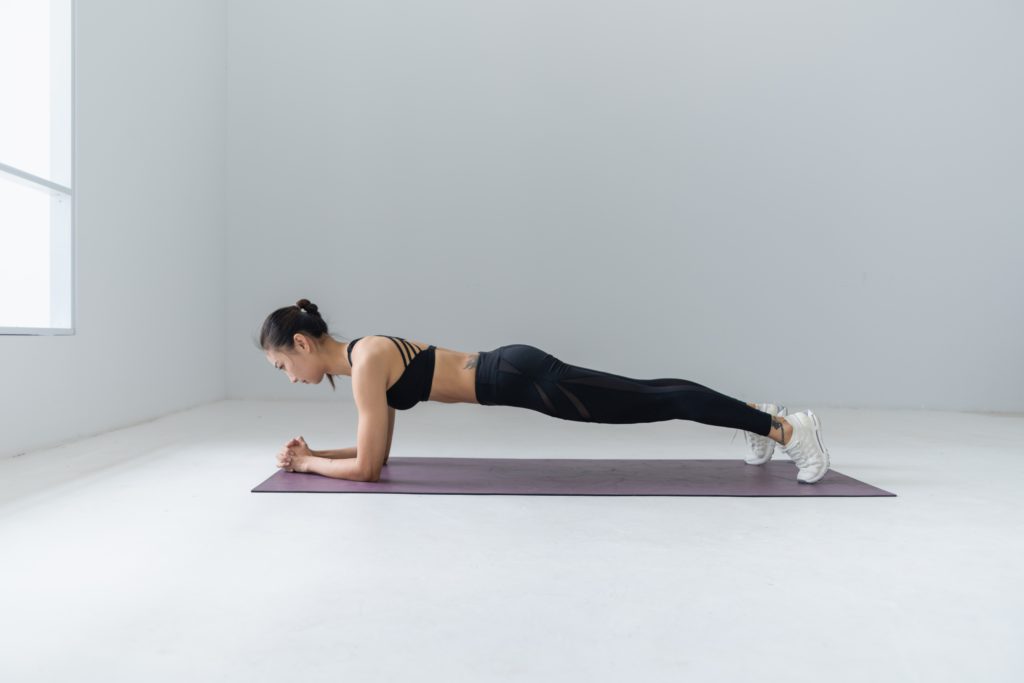
What is Pilates?
Pilates, named after Joseph Pilates was originally termed “Contrology”. It was invented in the early 20th century. This low-intensity discipline is largely focused on the art of controlling movements. It improves your posture, enhances your flexibility and also strengthens various muscle groups.
Not only this, it emphatically incorporates correct breathing techniques into its exercises so as to help all people go through the different movements optimally. It also works on your core, coordination as well as alignment.
Joseph Pilates first pioneered this fitness system while working on soldiers and dancers who were recovering from certain injuries. This is why it is appropriate for rehabilitation too.
Pilates offers a range of exercises that can be tuned according to your level; beginner or advanced. A Pilates session can be customised according to your needs and strengths or limitations.
Principles of Pilates
The principles of Pilates that you must acquaint yourself with are:
- Concentration
- Control
- Centering
- Flow
- Postural alignment
- Precision
- Relaxation
- Stamina
Know that you are going to be working and strengthening all of these aspects and this would not just prove useful in the studio but will translate to a better, more balanced life, too.
Benefits of Pilates
Pilates offers a range of health benefits. It helps you become more flexible. This is probably why all the Pilates instructors have so much grace and their body has this fluidity that seems super impressive.
Pilates will also increase your muscle strength and tone them nicely. It is mainly centered on the core muscles so they will shape up pretty well if you are regular at your workout regime.
Through the principle of centering, you also gain more symmetry in your bodily movements and both sides of your body will have a balanced muscular strength.
Pilates also enhances your posture, so there would be no more slouchy back issues or the feeling of dragging yourself when you walk. You would also have mastered coordination and balance through Pilates if you were consistent.
Although Pilates does not address the ‘mental’ component of a workout explicitly, it does have an immense impact on that too. It will help you drive your stress away and give you a more wholesome feeling about your life.
Pilates can also be practised as a way of rehabilitation or prevention of various injuries.
What should you know before joining a Pilates class?
If we have managed to engage your interest with a brief description of Pilates, there are certain things you must take note of before going online and searching for the nearest Pilates studio around you.
Things To carry
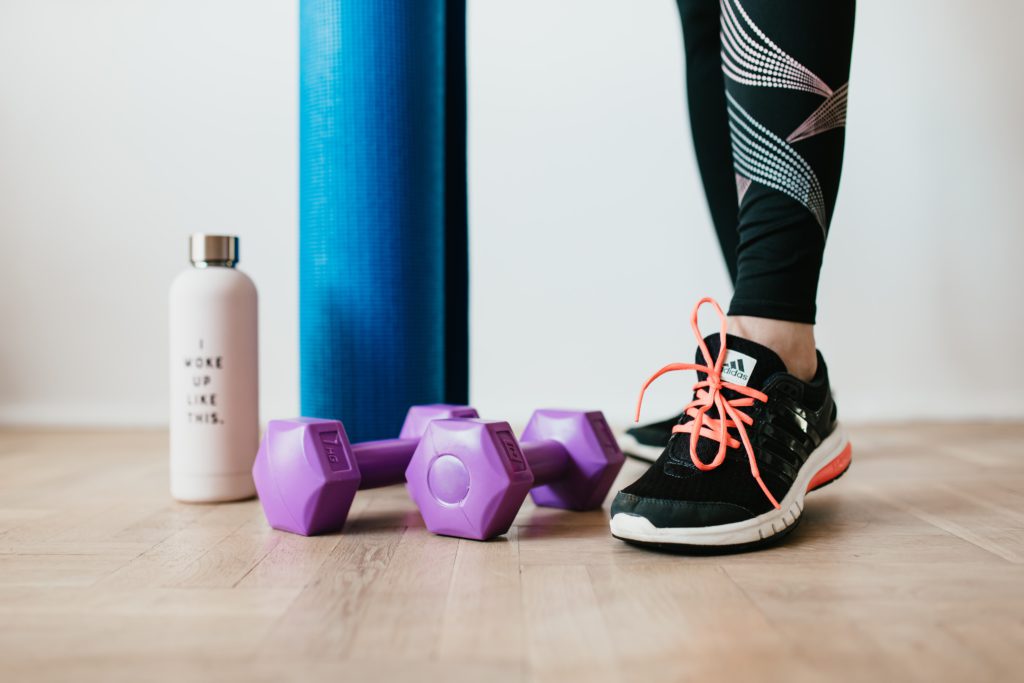
Pilates studios are well equipped so you do not really need to carry much. You can bring along your own mat if you are not comfortable with using the mats that are shared by everyone at the studio.
Other than this, you might want to bring a small towel which you may need to use as a neck support in certain exercises.
Additionally, some studios demand that you bring your own Pilates ball but to be sure, just check with the class you are going to be joining.
Do not forget to bring a water bottle to stay hydrated.
Appropriate apparel
One good thing about Pilates is that you would not need to go on a shopping errand to get special attire. You can wear any comfortable casual workout clothing you own. Keep it simple, light, stretchy and form-fitting.
Loose-fitting clothes are not prohibited but body-hugging clothes should take precedence over them. This is because they ensure fine body movements being noticed by you and governed by your instructor which may otherwise get masked in your loose clothes.
Avoid these apparel:
You must avoid tie-backs or belts because they may cause discomfort when you lie down on your back for various exercises. Also steer clear of ties, belts, tassels as these may get caught in the reformer springs and be the cause of injury.
Another thing to look out for is to avoid training clothes with embellishments as these will poke into your body during exercises. Avoid metal or plastic ornaments while coming to the class.
Clothes with zippers, clasps or buckles, buttons or anything of the sort are a no-no as they can also damage the upholstered Pilates equipment.
Long hair should be braided or tied back. Wearing jewellery and accessories is dissuaded for fear of getting caught in the equipment.
Pilates also does not require you to wear shoes. Being either barefoot or donning socks that are non-slip or have rubber soles is the way to go. This is so that you can have a firm grip on the mat or the reformer during your exercise.
There is no need to buy some fancy, luxurious Pilates apparel that would most likely burn a hole in your pocket.
Muscle soreness after the first class is normal
Although Pilates is a low-intensity workout and you will not be jumping up and down throughout or lifting heavy weights, it can cause enough muscle burn for you to feel exhausted and spent after you are done with the class.
Pilates is a discipline where you focus on the smallest movement and control it. You are isolating groups of muscles. This often comes as a challenge since it is not something that you may be used to even if you are a regular exerciser.
Experiencing some delayed-onset muscle soreness (DOMS) after the workout is completely normal and should not be the cause of worry.
You may sometimes even feel soreness in muscles you never even thought you had because Pilates is known to work the muscle groups that traditional forms of workout may not aim at.
This soreness may also differ in variety and intensity from post-workout soreness that comes along with other aerobic exercises but your body will get used to the targeted movements of Pilates with time so you need not fret over it.
Just remember that soreness is normal and even good because it shows your muscles have been through hell and back during your workout and that is a marker of a good session.
Communicating freely with your instructor
Pilates is a physical fitness system quite unlike the traditional forms of working out that have been popularised over the years. Owing to this, there is a lot of room to go wrong with it.
This is why each Pilates student needs to be frank about their fitness needs with their instructor and let them know what they are expecting out of the session.
It is also prudent to let your instructor know if you have sustained any injuries, recently or in past that may somehow interfere with your workout.
Pilates sessions have to be individualised depending on your needs, current fitness status and level. And in order for this to occur, your instructor needs to understand your bodily capabilities and if you are a beginner or if working out is an integral part of your day.
The need for equipment
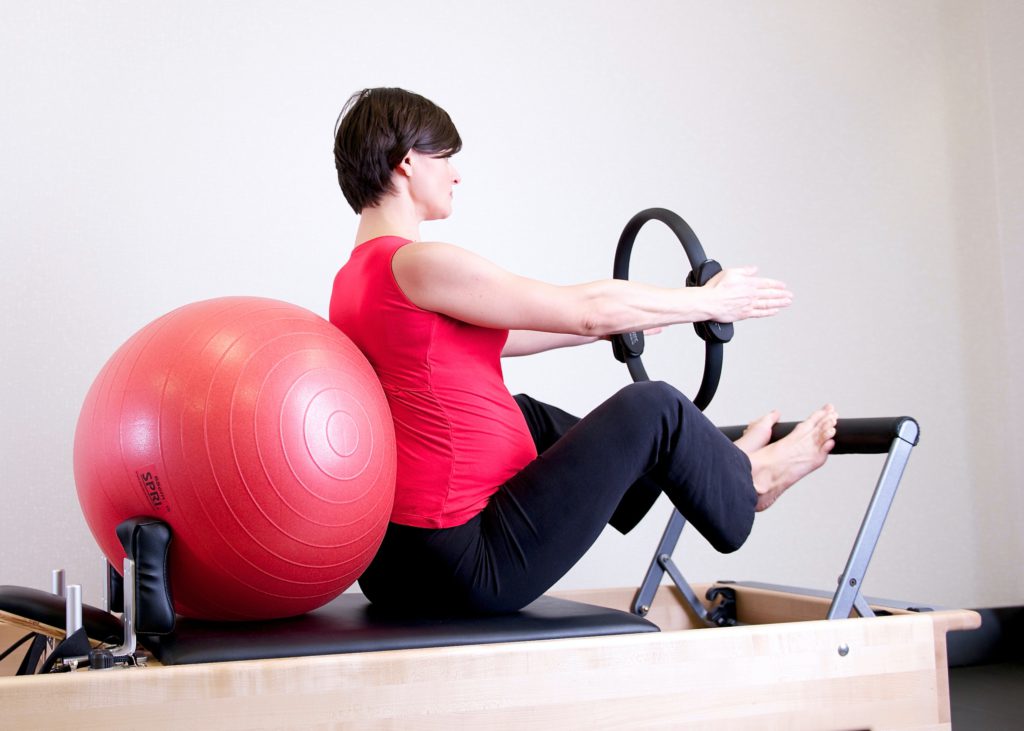
Pilates is broadly categorised into two types; mat Pilates and reformer Pilates. There is no need for equipment in mat Pilates except for a standard Pilates mat that is slightly thicker than the one used in Yoga so that it can cushion your pressure points during various exercises.
Reformer Pilates uses a machine called a reformer. This machine has a sliding platform with a stationary foot bar and springs and pulleys that provide resistance.
Many parts of a beginner’s Pilates session are centred around mat Pilates because it is easier to master before moving on to a more extreme form by use of equipment.
Mat Pilates uses the resistance offered by your muscles acting against gravity while a Reformer has springs, pulleys and bands reserved for that.
This can offer a greater degree of resistance and thus, is usually employed after you have successfully graduated from mat Pilates. Of course, this is not to say you cannot practice reformer Pilates without being a pro at mat Pilates.
Equipment other than reformers are unlikely to be a part of a beginner’s session. It does not hurt to acquaint yourself with the names of all the fancy equipment that might greet you as soon as you step foot in a Pilates studio.
Here are some of the common ones you would find at a regular studio:
- The Cadillac: It resembles a four-poster bed and consists of a leather-clad table. Four metal uprights get positioned at each corner of the table. To this trapeze bars, push bars, crossbars or straps can be attached depending on the exercise you are performing.
- The spine corrector: A dome-shaped wooden structure with curves and a padded surface.
- The Pilates chair: Also known as the Wunda Chair, it is made of a wooden box, equipped with a padded seat and a pedal meant to be attached to springs that allow the tension to be modified according to the intensity you are aiming for.
- Magic circle or Pilates ring: Usedto create resistance
- Ladder barrel: It comprises of a wooden ladder with rungs and a leather clad padded barrel.
The language of Pilates
To be fluent in your Pilates workout, you must also be fluent in its language. The instructors often use language that might leave you scratching your head. This is because, this is the language they use oftentimes, and are habitual of the same.
You can just raise a question about the jargon used or ask a fellow student who is also a regular, but some people may feel shy especially if they are a beginner.
To avoid missing out on the key parts of your workout just because you failed to decipher some cryptic phrase your instructor used, here are a few new terms that are used a lot in a Pilates studio:
Powerhouse:
This refers to the muscles of the abdomen, back and hips. The powerhouse is essentially the core muscles. They play a pivotal role in helping you coordinate, balance and control your movements while doing your Pilates exercises. It is thought to be the key to an individual’s stability.
Centering:
This means striking a balance between both the halves and even between the front and back halves of your body.
The box of the body:
Your Instructor might use this term often. They are referring to your torso or the bony landmarks of your hip and shoulder area. The box dictates your range of motion and prevents over-stretching of your joints.
Neutral pelvis:
By this, your instructor means that a pelvis that is neither arched nor rounded. It is a position of your pelvis where both the hipbones and the pubic bone occupy the same plane. By attaining a neutral position for your pelvis you can switch your powerhouse on.
Navel to spine:
When your instructor asks you to bring your navel upwards, he means to tug your belly downwards while you are lying on your back or pull it in while you are standing or sitting. This contracts your abdominal muscles, thus bringing them closer to the spine. Executing this action allows for more support to the trunk during lifting or twisting.
Ribs in:
While doing this, take a note of the position of your ribcage. Make sure it is in line with your hipbones and does not extend or lie behind its plane.
Lift through the crown of your head:
A trainer might ask you to do this to make you elongate your body from the feet in a standing position and from the tailbone in a sitting position.
Zip up your abdominals:
This refers to an action that you may perform while zipping up a tight pair of jeans.
Adduction:
Refers to the action of bringing your limbs closer to the midline of your body.
Abduction:
Refers to the action of bringing your limbs away from the midline of your body
Peel through your spine:
This refers to the movement being performed slowly from vertebra to vertebra
General precautions
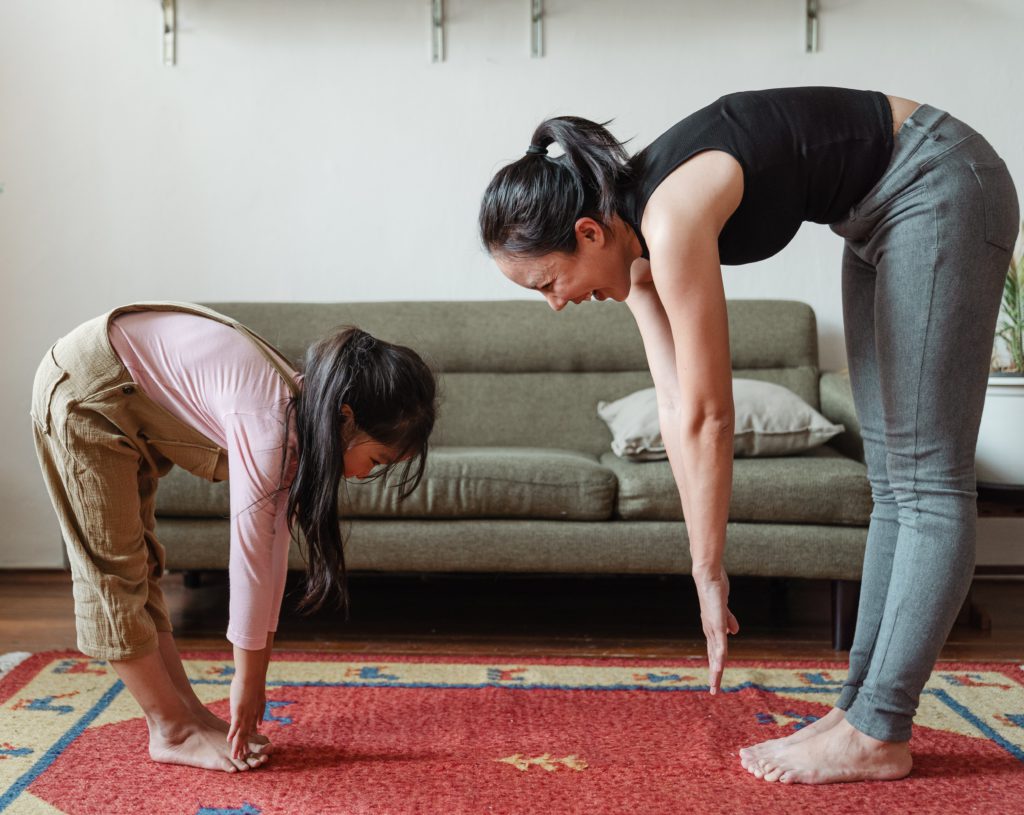
Pilates is a low-intensity workout well suited for people who have sustained an injury recently. Bit you still need to gain a green light from your doctor in order to take it up.
The following categories of people should seek a consult before diving headfirst into this new fitness regime:
- People who have had surgery recently
- People who are aged 40 years or more
- Women who are pregnant
- People with pre-existing morbidities and medical conditions like heart disease
- Someone with pre-existing musculoskeletal ailments or injuries
- People who have not worked out in a long time or ever
- Anyone who is extremely overweight or obese
Do not overwork Your body
As much as Pilates can help you achieve your fitness goals, it shouldn’t be practiced to the point where you toe the line of exhaustion.
Your body will tell you when it has been put through too much. So do not ignore the cues when you do.
Joining a new fitness modality is fun and exciting but do not overdo it to the point that you wind up with some injury.
Look out for any discomfort or injury
Mild muscle soreness is normal like we have mentioned above. But it is important to distinguish this soreness from the symptoms of injury.
Beginners are more prone to injuries. Since they are only starting to get accustomed to Pilates, they can get the technique wrong at times.
Look out for signs of injury if you are new to working out in general because it is very easy to over-stress your muscles when they have been rusty and out of use for a long time.
If you ever notice yourself complaining of a lower back strain that is sharp in nature and radiating to your thighs and gluteus region, immediately consult a doctor to examine it. This is a very common Pilates injury that people can sustain during their initial days.
Another common injury is Rotator Cuff Tendinopathy. You feel decreased mobility and pain in your shoulder joint.
Also, do not forget to give yourself enough time to recuperate before the next session. To guard against injury, you must sign up for basic or beginner Pilates classes before you move on to the more advanced sessions.
Do not let your excitement and haste in learning Pilates make you skip the natural sequence advised by your instructor.
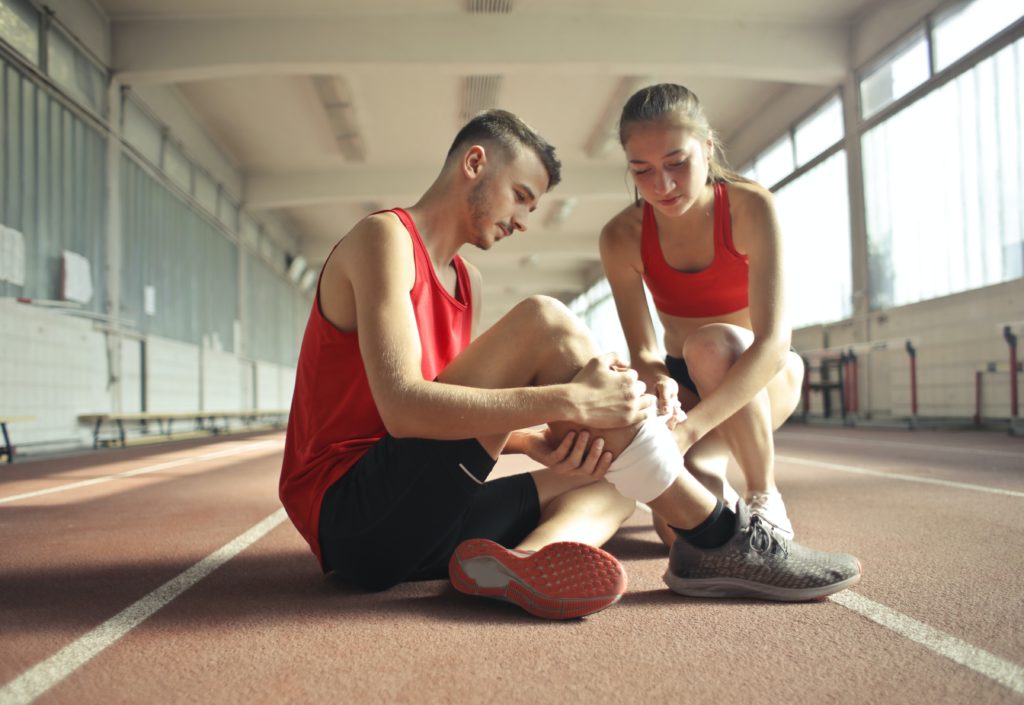
Make Pilates a part of your fitness regime
One thing to take note of would be: You can adopt Pilates as a part of your fitness regime, but do not make it your fitness regime.
What we mean by this is even if you find it super entertaining and want to attend every class of the week. It would be more beneficial to combine it with other modalities of working out.
Going running or cycling or simply doing weight training would keep things interesting and well-rounded.
Overdoing any one form of workout would chip away at its efficiency. And you are more likely to stop working out altogether because of boredom.
Moreover, Pilates will help you excel in other fitness endeavours too. You will have achieved enhanced flexibility. And your ability to perform controlled movements would translate well while you are running or swimming or even during yoga.
Cross-training, where you incorporate many fitness systems in your weekly workout regime is the best way to get the most out of each of them.
Now that you know what you should expect from a Pilates class and what are the dos and don’ts, you are ready with all the information you may need for your first day at the Pilates studio.
One session could take anywhere between 45 minutes to an hour. Blocking off an hour a day for Pilates will prove highly beneficial for a calm and peaceful existence.
Other Benefits of Pilates:
Other areas of your life are also likely to gain benefit from you practising Pilates. You will have an increased immunity and tolerance to stress. And also all the other negative emotions that randomly pop up throughout the day. You become better armed at dealing with tricky situations that arise in everyday life.
Taking up Pilates will not just prove transformative for your body but also for your mind and soul.
Online Pilates Course by Radhika Karle
The need for a good instructor is of paramount importance when it comes to Pilates. The way they guide you through each exercise can either make or break you. Even your interest in Pilates would largely depend on how your instructor guides you through it.
Thus, we bring to you one of the best Pilates instructors of India, Radhika Karle. She has worked with numerous celebrities and has helped them transform their bodies.
In her online Pilates class, she will teach Pilates for beginners, and will also cover some of the advanced techniques. She imparts invaluable lessons about the correct technique and what mistakes people are most prone to making.
So if you want to learn Pilates online from the comfort of your home, sign up for Radhika’s unluclass! Have fun with a new way of working out.

